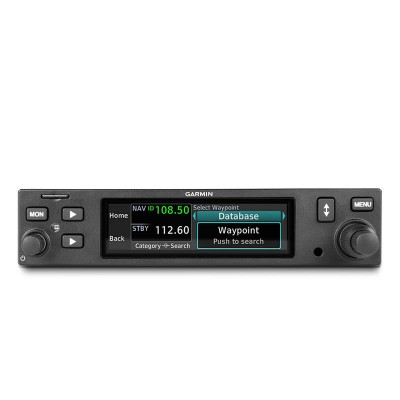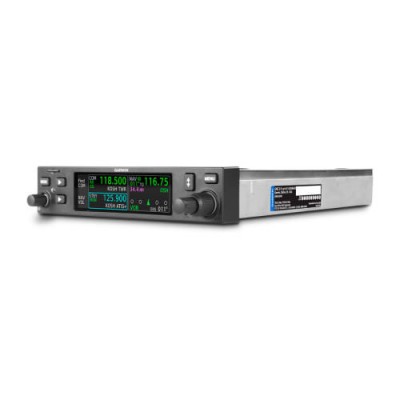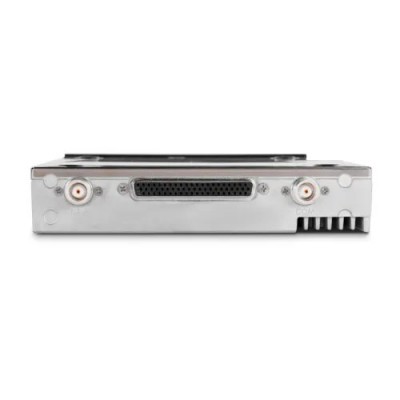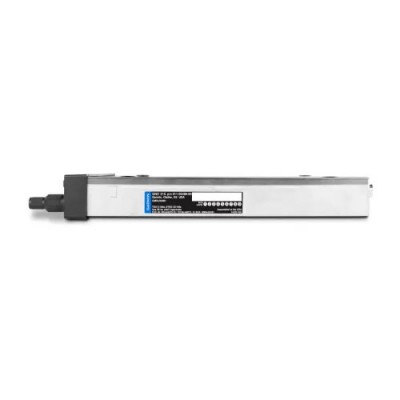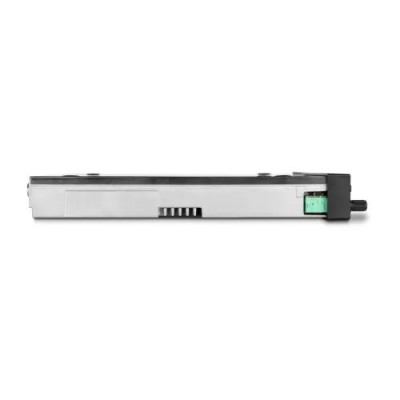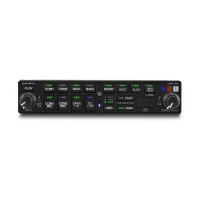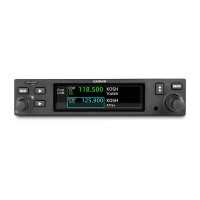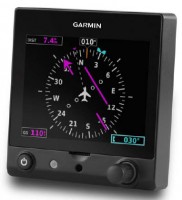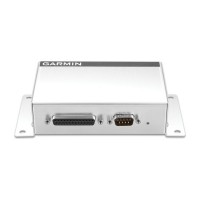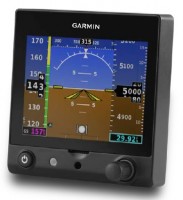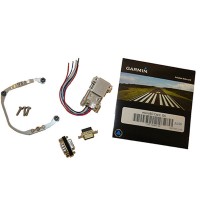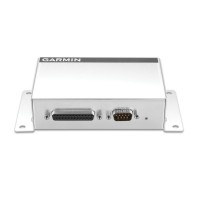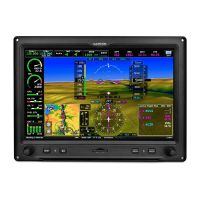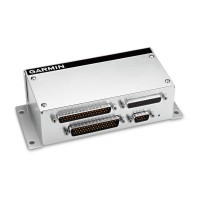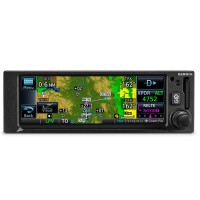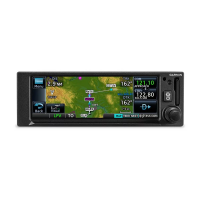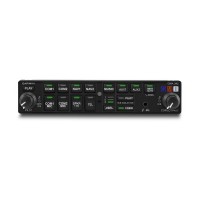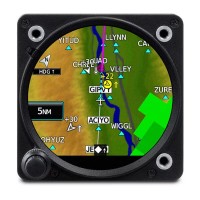THE AVIATION SUPERSTORE FOR ALL YOUR AIRCRAFT & PILOT NEEDS | +61 (1800) 953522
Garmin GNC® 215 NAV/COMM Radio for Experimental Aircraft
Select Model:
Fixed WingHelicopterSelect Harness
Unit Only (No Harness)4ft Pigtails + Jacks (14v)4ft Pigtails + Jacks (28v)Price Includes GST
Overview
|
Note: Harnesses are for experimental aircraft ONLY
Designed for both fixed-wing aircraft and helicopters, the GNC 215 is a versatile radio that can serve in a variety of aircraft types and panel installations. The 1.3-inch height form factor matches previous-generation SL30 and SL40 radios, enabling easier upgrades and creating more room in space constrained panels. Pilot-selectable 25 kHz or 8.33 kHz channel spacing provides global capability. The radio features a sunlight-readable color LCD display, indicating the currently tuned active and standby frequencies, as well as their station ID – such as 'KOJC TWR' or 'KSLE ATIS'. The vibrant display as well as the dual concentric knob and backlit keys mimic those found on other modern Garmin avionics products, providing an intuitive user interface and simplifying product operation. The GNC 215 NAV/COMM radio offers all the same COMM features as the GTR 205, while also adding full VHF navigation capabilities, including VOR/ILS with localizer and glideslope. Navaid lookup allows the GNC 215 to find the desired frequency from its built-in worldwide database when entering a navaid, and the Automatic Station ID feature will automatically decode a station’s Morse code to provide positive visual identification. The GNC 215 also has the ability to monitor the standby VOR frequency while displaying the received radial and features a supplemental CDI display for a VOR or localizer. These NAV/COMM products interface with most CDI, HSI and autopilot systems, as well as most Garmin flight displays to show the Nav indicators in the primary field of view. |
Features
- Small panel? The slim 1.3” height fits your aircraft with ease.
- See your frequencies clearly on a large, bright, full-color LCD display.
- It’s easy to use, with a familiar, intuitive interface.
- Find your navaid or facility frequency with the worldwide database.
- Monitor your standby NAV/COMM frequencies.
- Quickly tune to the 121.5 emergency frequency with a single touch.
Specifications
- Communication channels: 760 with 25 kHz spacing; 2280 channels with 8.33 kHz spacing
- Frequency range: 118.000 to 136.992 MHz
- Transmit power: 10 watts (16 watts with optional enablement)
- Input voltage range: 9 to 33 VDC
- Operating temperature range: -20 to +55 C
- Certifications: TSO C169a (transmitting and receiving), TSO C128a (stuck mic), TSO C34e (ILS glide slope receiving), TSO C36e (ILS localizer receiving), TSO C40c (VOR radio receiving)
- Dimensions: 1.35”H x 6.25”W (3.43 cm x 15.88 cm)
- Weight: 2.3 lbs (1.0 kg) unit only; 3.1 lbs (1.4kg) with mounting rack and connectors
- Depth: 10.32 inches (26.21 cm) behind panel, including mounting rack and connectors
Documents
In The Box
- GNC 215
- Installation rack
- Backplate Kit
- Pilot's Guide
Q&A
Please note, Aircraft Spruce Australia's personnel are not certified aircraft mechanics and can only provide general support and ideas, which should not be relied upon or implemented in lieu of consulting an A&P or other qualified technician. Aircraft Spruce Australia assumes no responsibility or liability for any issue or problem which may arise from any repair, modification or other work done from this knowledge base. Any product eligibility information provided here is based on general application guides and we recommend always referring to your specific aircraft parts manual, the parts manufacturer or consulting with a qualified mechanic.

 Aircraft Spruce Australia
Aircraft Spruce Australia
